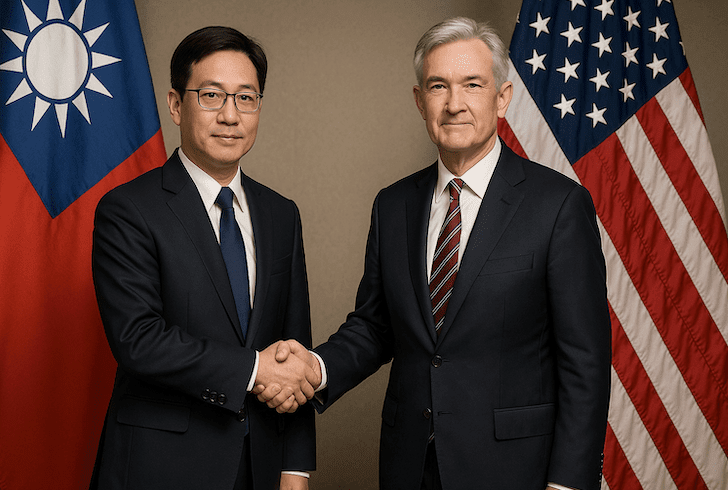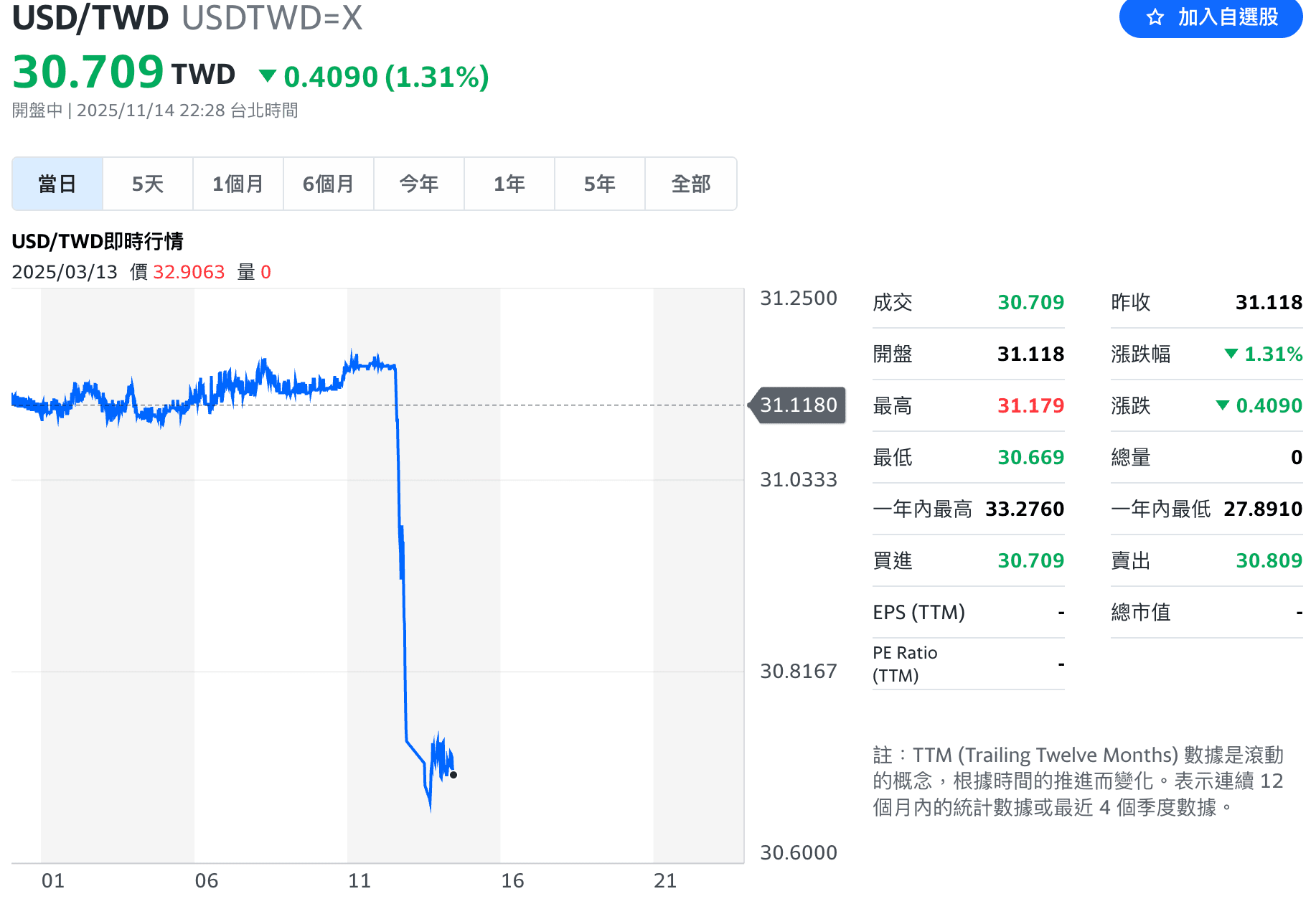
The Central Bank of Taiwan announced on November 14, 2025, that it has reached a consensus with the U.S. Department of the Treasury on exchange rate policy, and released a joint statement simultaneously that evening at 8:30 PM. Both sides confirmed that they will continue to consult on macroeconomic and exchange rate issues, emphasizing the avoidance of using exchange rates as a manipulation tool to maintain fairness and stability in the international financial system.
The foundation of many years of regular meetings The joint statement is not part of tariff negotiations.
The Central Bank stated that this joint statement is an extension of the regular meetings with the U.S. Department of the Treasury over the years. Historically, both sides hold 1 to 2 routine meetings before the U.S. Department of the Treasury releases exchange rate reports to exchange views on macroeconomic and exchange rate policies.
The statement is facilitated by independent consultations between the central agencies of Taiwan and the United States, and is not related to the tariff negotiations involving the Executive Yuan's Taiwan-U.S. Trade Working Group or our administrative team with the Office of the United States Trade Representative and the U.S. Department of Commerce.
The three principles reveal: intervention in the foreign exchange market should be two-way and transparent.
This joint statement reaffirms three core principles:
Do not manipulate the exchange rate to gain competitive advantage or distort the balance of payments.
Intervention should be limited to addressing 'excessive volatility' or 'disorderly movements' of the exchange rate.
Foreign exchange intervention should be conducted in both directions to avoid unilateral appreciation or depreciation.
These principles are completely consistent with the current exchange rate policy of the central bank, indicating that Taiwan's monetary policy has long met international expectations.
Transparency in foreign exchange data: intervention records will be published quarterly instead of biannually.
According to the agreement with the U.S., starting from the end of December 2025, the central bank will increase the frequency of disclosure of foreign exchange market intervention information from once every six months to once every quarter, in order to enhance policy transparency and international trust.
In addition, foreign exchange reserves and forward position data will also be published quarterly in accordance with the International Monetary Fund (IMF) 'Special Data Dissemination Standards' (SDDS), using the 'International Reserves and Foreign Currency Liquidity' standard format (IRFCL), with data being provided one quarter later.
Emphasize that there is no request for the New Taiwan Dollar to appreciate; Taiwan and the U.S. will continue to maintain good dialogue.
It is worth noting that the central bank specifically clarifies that the U.S. Treasury 'never requested the appreciation of the New Taiwan Dollar' during the consultation process. In the future, both parties will continue to communicate closely regarding exchange rates and economic policies based on mutual trust.

This article on the joint statement on Taiwan-U.S. exchange rates: the central bank emphasizes that it is not involved in tariff negotiations, and that appreciation of the New Taiwan Dollar is not a request from the U.S. The earliest appearance was in Chain News ABMedia.

